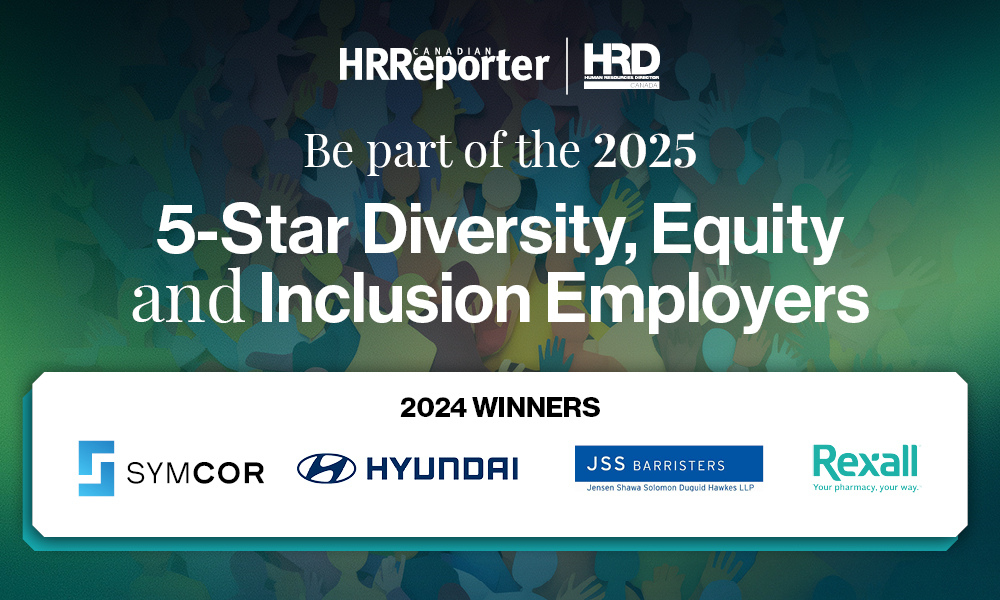'Companies just need to be more like an organism that evolves to the ecosystem'

When looking to radically change the way they do business, the biggest mistake many corporate leaders make is viewing it with a one-and-done mentality.
Instead, organizations should use the opportunity of digital transformation as a foundational switch, according to a new MIT study.
“Digital transformation projects that don’t have this holistic vision are probably not going to be as successful as they should be. Taking on an evolutionary lens will focus on building people, as well as organizational capabilities for ongoing adaptation and that’s what you want; you want the ability to adapt to your circumstances, whether it’s an economic crisis, a pandemic or a possible merger,” says Laurel Ruma, global director of custom content at MIT Technology Review in Cambridge, Mass.
“Regardless of what it is, companies just need to be more like an organism that evolves to the ecosystem around it to be able to actually succeed.”
Future look
Recently, MIT released a study, Evolutionary organizations reimagine the future, that came out of a partnership with Thoughtworks, a global consultancy and it heard from 275 executives and business leaders around the world in November.
While many senior leaders have big plans to bring about change, the survey also showed a disconnect in the perceived progress of transformation.
“CEOs perceive that their businesses are actually much more agile and adaptable than their competitors,” says Ruma, citing a figure of 81 per cent.
“In general, the respondents felt that their organizations were adaptable and the interesting thing is 56 per cent of those were CEOs. There is a gap between the executive team and how they’re perceiving companies to be evolving and then everyone else.”
When it comes to the biggest roadblock, 44 per cent of respondents pointed to organizational structure, its hierarchy and the existence of business silos.
“That is one of those topics that actually can be addressed by an active CEO and C-suite that’s actually looking at transformation as an evolutionary necessity across the entire organization,” she says.
Roughly 30 per cent of organizations have a well-thought-out digital strategy, found another survey.
Customer and employee experience
In order to succeed, according to the study, there needs to be a clear focus on improving both customer and employee experiences to bring about the greatest ROI, which was seen as the number one reason to make the changes.
“Only 31 per cent felt that you invest in transformation for your customers and only eight per cent felt that you invest in transformation for your employees so this is a fairly important indicator that executives are not taking a holistic view of their organization, customers, employees and ecosystem,” says Ruma.
“Mostly because it is one of those primary business pressures; we’re seeing this across the board, all of our research is that it’s just finding and having happy customers, it’s not just important for the lifeblood of the organization literally and being successful; it’s also important to attract and maintain an active and engaged workforce.”
Organizations should also keep in mind that true transformation, isn’t simply an IT exercise or project, she says..
“They really must go across the entire enterprise, and digital transformation projects often shouldn’t stay in one silo or one business division. It should be more holistic across the board to achieve the kinds of success that organizations really crave.”
Organizations must first identify the problem they are trying to solve before thinking about digital change, says another expert.
‘Enormous amount of money’
The whole field of organization evolution is massive, according to Ruma, citing the IDC consulting firm which says the global effort will reach $3.4 trillion by 2025.
“It’s an enormous amount of money being spent on so-called digital transformation efforts,” says Ruma.
Because of all this money, time and effort focussed on transformation, it’s key to embed evolution and adaptability into the organizational objective, she says.
“Continuous evolution is important because being agile in an organization and being able to quickly respond is one thing, but it’s not enough. It’s not enough to keep up with the way that businesses run today, or to succeed in today’s continuously changing business environment, so those organizations that can acquire the ability to continuously adapt to change will become more successful, and that adaptability is a process that has to be built into the organization’s mission, as well as every aspect of operations and strategy.”
So, what can HR do to move the needle?
“[It’s about] placing more pressure and emphasis on the hiring practices and customer experience and employee experience as being one of those differentiating factors and how digital transformation efforts can really help these groups of people that maybe are not a priority,” says Ruma.




